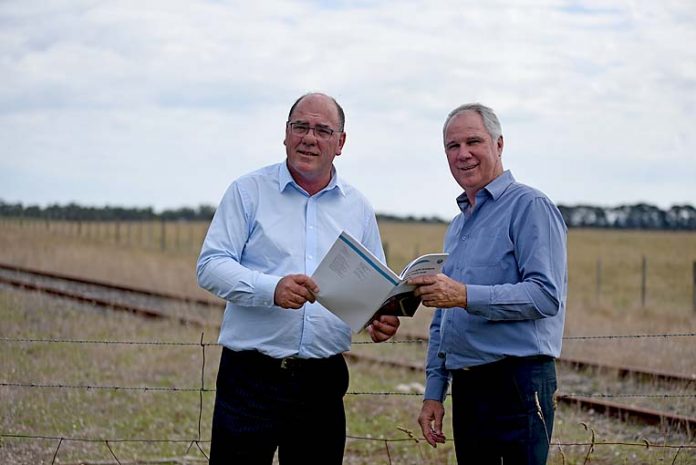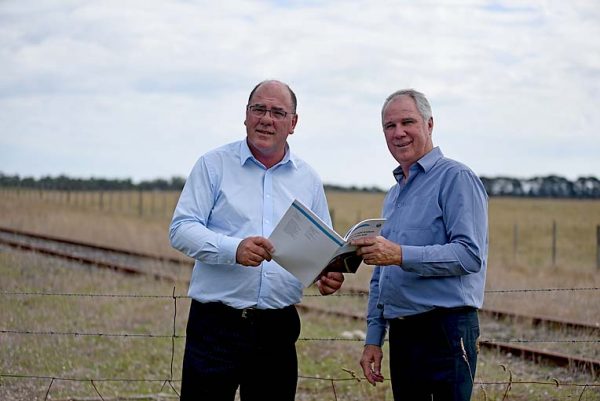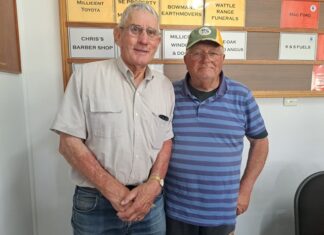

MEMBER for Mount Gambier Troy Bell has called on the State Government not to snub the Blue Lake city in its newly released 20-year infrastructure plan.
The inaugural strategy sets the long-term strategic direction and initial priorities for infrastructure development in South Australia.
The blueprint aims to foster sustained economic, jobs and growth population growth along with a “vibrant global Adelaide” as well as productive regions.
“We are the second largest city in South Australia and we do not have a project in the top 10 infrastructure project list,” Mr Bell said yesterday.
He said the rollout of infrastructure projects was crucial to drive jobs growth and economic prosperity in the region.
Mr Bell flagged rail connection as well as biomass and value-adding opportunities for the forestry sector as key potential economic drivers.
He also foreshadowed the need to revitalise the city’s arts infrastructure, including the Sir Robert Helpmann Theatre.
“There has been no significant capital expenditure in the arts in regional South Australia since the days of Don Dunstan,” he said.
Mr Bell argued the majority of the projects outlined in the document were metropolitan based.
“There are plenty of projects that could be considered in our region. We cannot afford to be left behind.”
The Independent MP said it was crucial value-adding opportunities were secured for the region’s forestry sector, such as biomass electricity generation and the manufacturing of new age materials.
“This would secure the next generation of jobs,” Mr Bell said.
Limestone Coast Regional Development Australia chair Peter Gandolfi said it was important the region developed a strong business case to secure funding for large infrastructure projects.
“A recent example of this is the substantial work looking at the potential reinstatement of the rail corridor to Heywood,” Mr Gandolfi said.
He said the region needed to demonstrate the economic and social benefits of these projects.
While COVID-19 had thrown up some distractions, he said work continued behind the scenes on developing a potential business case for rail freight.
“We have engaged with state and federal governments in recent weeks,” Mr Gandolfi said.
He said the organisation was also working with potential users of rail freight, including Kimberly-Clark Australia about the potential project.
Tourism Mount Gambier chair Ben Deering said the region must attract its fair share of infrastructure funding.
He said infrastructure was needed to support trade and in transport including rail, as well as telecommunication projects to reduce blackspots for tourists passing through the region.
Unfortunately, Mr Deering said it appeared the majority of government infrastructure money continued to be earmarked for metropolitan centres.
“I would like to see some of this money decentralised and spent in regional areas,” he said.
He said the most pressing issue facing the region’s tourism sector was the need to secure air passenger services in the long term.





